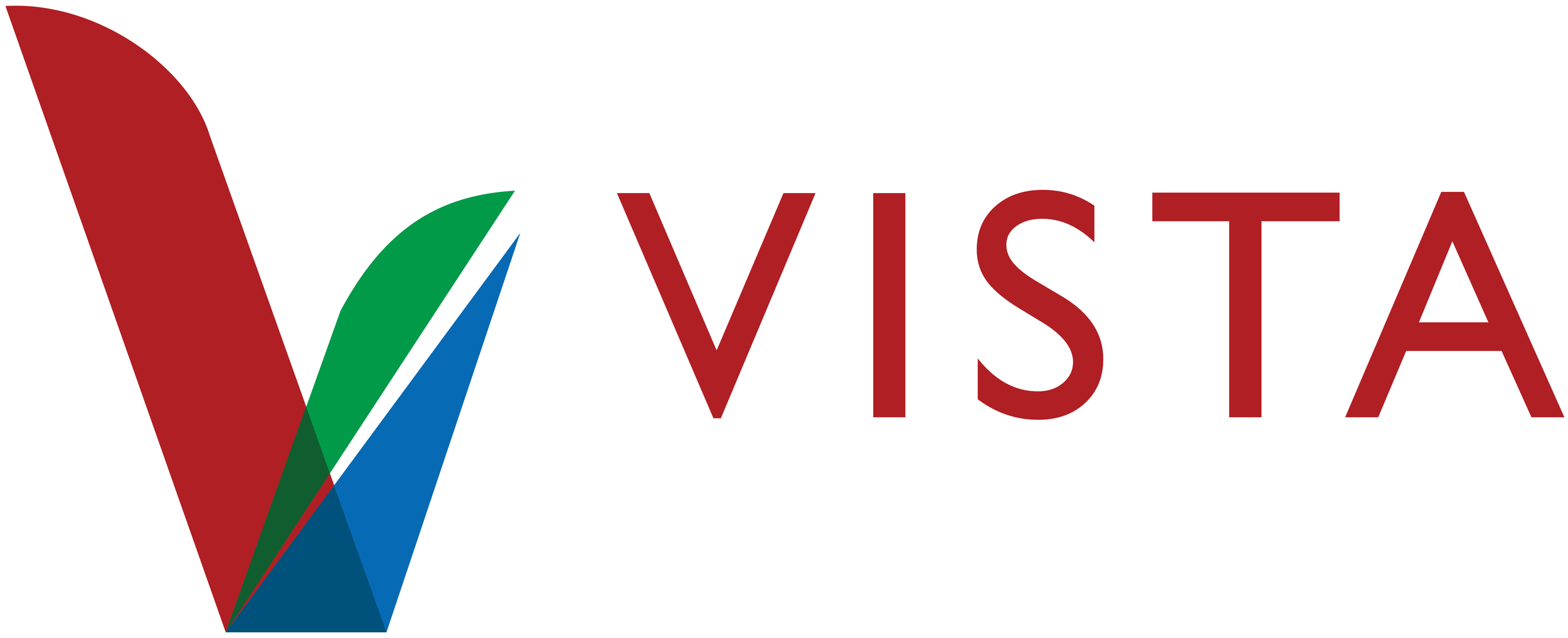Measuring People Trafficking
What are the facts about human trafficking in Europe? This is a tremendously difficult question to answer for a number of reasons.
First, we need to be careful about definitions. It is vital to distinguish between irregular migration, people trafficking and forced labour. Not all irregular migrants are trafficked and not all forced labour or people trafficking involves migrants.
Second, population data in general and migration data in particular is notoriously unreliable. Though some European countries do count all those who enter through ports, airports or across land borders, many do not. Furthermore, without exit controls which count those who leave there is no easy way of identifying those who, for example, enter on a tourist or student visa and then remain
Third, in the case of Europe, there is the added dimension of the freedom of movement under the Schengen Agreement. Once entry has been obtained to the Schengen area a migrant may move across national borders freely, making it very difficult to establish exactly where people are.
And finally, of course, when we talk about human trafficking, we are dealing with a criminal activity, where the people smugglers, the victims and those who wish to exploit them, all wish to avoid detection.
As a result getting reliable data on human trafficking in Europe is very difficult. Realistically, pretty much all the statistics are educated guesses. Take for example the following quote from a report1 entitled Towards Reliable Migration Statistics for the UK, prepared for a Select Committee of the House of Commons:
“The presence of uncertainty in migration and population estimates is well acknowledged. This uncertainty should ideally be reflected in the statistics in a measurable way, such as through probability distributions, which however may pose challenges to the users of migration data.”
So in every case, when considering a statistic about migration, forced labour or human trafficking, the word probably might be best inserted beforehand.
Forced Labour
The International Labour Organization estimates that globally about 21 million men, women and children are in forced labour, trafficked, held in debt bondage or work in slave-like conditions2. Forced labour is incredibly profitable. A 2014 ILO report estimated that the total illegal profits obtained from the use of forced labour worldwide amount to US$150.2 billion per year (€130 billion). Two thirds of this revenue is generated by forced sexual exploitation alone (3).
Of these 880,000 live in the European Union, meaning that statistically, per 1000 inhabitants almost 1.8 persons in the European Union are in forced labour. 270,000 (30%) are estimated to be victims of sexual exploitation and 610,000 (70%) the victims of labour exploitation (4.)
However, only a tiny fraction of these victims are identified as such. Eurostat recently published their second working paper (5) on Trafficking in Human Beings which revealed that over the three years 2010–2012, 30,146 victims were registered in the 28 Member States, perhaps one in thirty of those who are suspected to exist.
The research found that 80% of registered victims were female, and that, “the overwhelming majority were trafficked for the purpose of sexual exploitation (85%). Among registered male victims, 64% were trafficked for labour exploitation”.
The difficulty in handling the statistics must not blind us to the reality that right here in Europe many tens if not hundreds of thousands of men, women and children are living in slavery.
Jim Memory
1. http://www.cpc.ac.uk/resources/downloads/JB_CPC_report_9.5.13.pdf
2. http://www.ilo.org/global/topics/forced-labour/lang--en/index.htm
